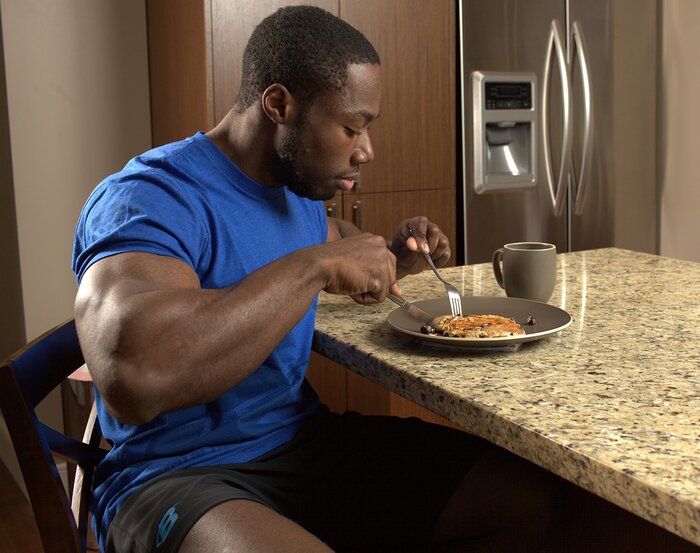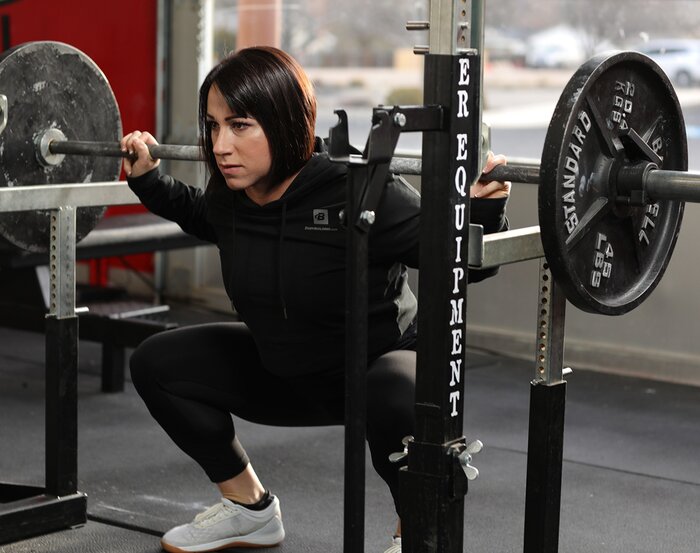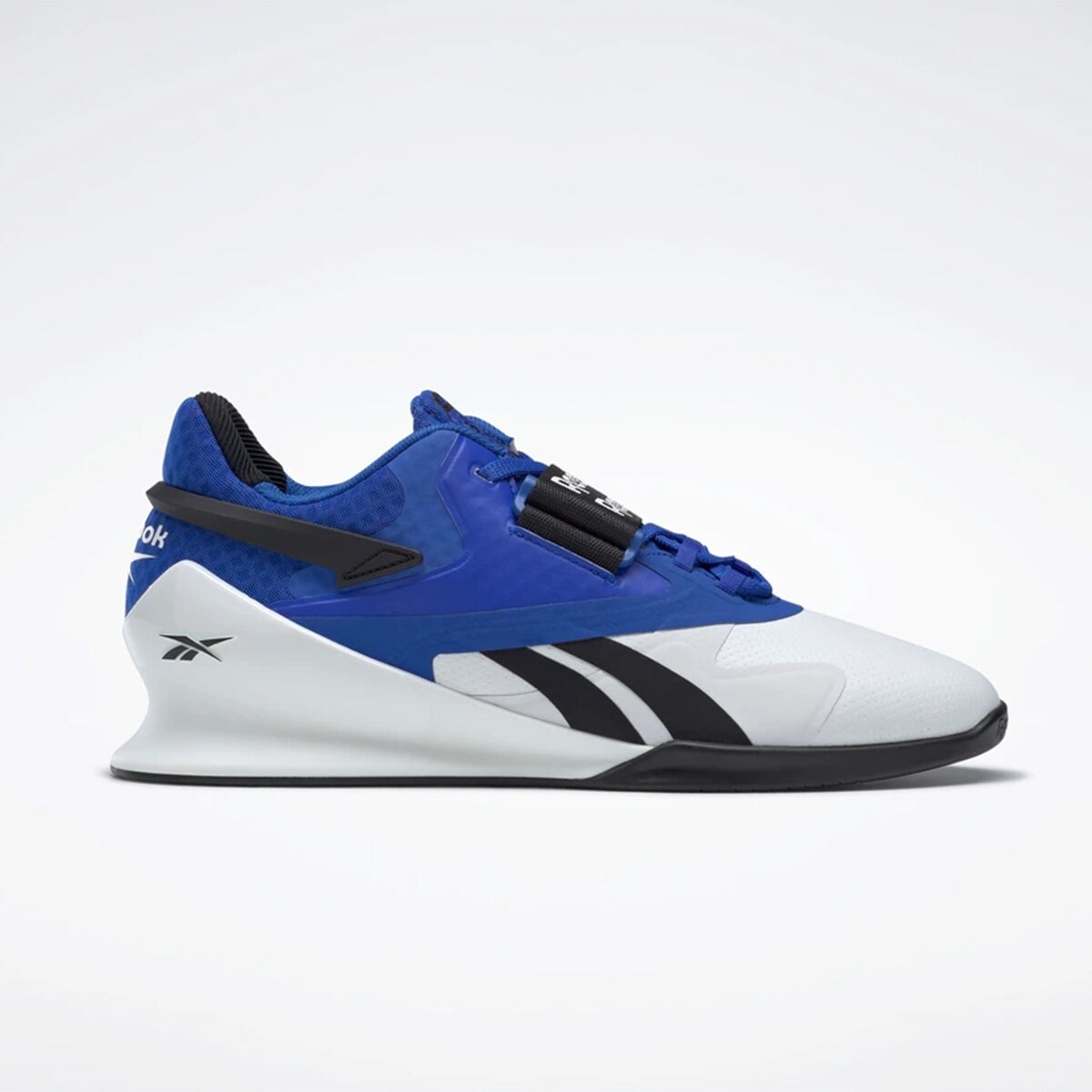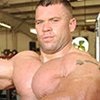Powerlifting for Beginners | Nutrition for Powerlifters | Powerlifting vs. Bodybuilding | Powerlifting Training for Women | Powerlifting Meet Prep | Advanced Powerlifter Pro Tips | Essential Powerlifting Gear
I've coached quite a few world-record-setting powerlifters, and I've seen countless meets go one of two ways: Competitors will find a way to lift more in meets than they do in the gym. Either that, or they'll bomb out big-time. So, how can you set yourself up to be on the good side of that equation? With the right plan.
Here's a point-by-point guide for what do to on those final days before—and on the day of—a powerlifting competition. I'm just offering advice here, not laying down any laws.
Sleep Big to Lift Big
During the week leading up to the meet, make sure you're well rested—none of that staying out all night, getting up at the crack of dawn stuff. Even if you never have before, take this seriously now.
I even recommend laying off the stimulants during meet week, and maybe a bit prior, as well. Not only will you sleep better, but when you take your favorite pre-workout on the day of the meet, it'll feel like the first time you took it. You'll be a raging bull ready to take the platform.
Don't Do Anything New
Whatever your normal morning routine is, stick with it in the days leading up to a meet—and especially on meet day. If you normally have a light, healthy breakfast, don't slam two All-Star platters at Waffle House.
Don't risk any adverse reaction you might get from unfamiliar foods or supplements. Never tried creatine? Been eating 1 gram of protein per pound of body weight every day of your prep? Wait until after your three lifts to try anything new or experiment with your dosage.

Don't Cut Weight Unless You're a Serious Competitor
You got into this sport to be as strong as you can, and nobody gets stronger on a massive caloric deficit. Undertaking a massive weight cut can harm your long-term goal and kill your performance on meet day—coaches have seen it a million times.
The only time—seriously, the only time—you need to cut is if you're going for an important title or world record. That should not be your first meet. Probably not even your fourth. And if you do cut, be realistic about how much it could affect you. By going into the event at the weight you train, you'll feel confident and ready to set PRs.
Warm up Like You Normally Do
Stick with your normal warm-up routine. Just keep in mind that at powerlifting meets, you'll usually find only 45-pound plates, 25-pound plates and, if you're lucky, 10-pound plates. If your last warm-up on squat is normally 320, it might have to be 315. Be ready to adapt.
If the meet is moving quickly, your warm-ups will be different than if it's a long, stretched-out event. I've seen powerlifting meets last anywhere from two hours to more than 16 hours.
Weather conditions can also affect your warm-up. One August, I was at a meet in Texas and had to warm up in a room that was 105 degrees with 70 percent humidity. My workout was quite a bit different from the one I'd do in January at an unheated gym in Minnesota.
Prepping for a meet? Wear your belt while training. Wear it in your warm-ups. Know it by heart before meet day!
Respect Your Opener
There are all kinds of federations and rules, but the big rules are pretty much always the same: For squat, bench, and deadlift competitions, you get three attempts. You can't lower the weight from the previous lift, you must either keep the same weight or increase it. If you miss all three attempts on any lift, your total doesn't count.

To hit your best total, you must be intelligent about the weights you attempt to lift. This isn't just a normal 1RM test! Your first attempt, or "opener," sets the tone for the day. This is the first time the judges will see what kind of lifter you are. When it comes to things like depth, this could be crucial.
How to Plan Squat Attempts
Of the three lifts, I recommend being the most conservative with squats. A super-heavy miss, or even just a heavy grind, can drain you for days—let alone the rest of the meet. Start your squats with a weight you could do easily for 3 reps—in other words, less than what you've been considering your one-rep max during training! This is generally somewhere between 89-92 percent of your projected goal for the meet.
Use your second attempt to build your confidence by choosing a weight you know you can lift with authority—somewhere in the 94-97 percent range of your projected max. This needs to be a slam dunk. You need to hit that second attempt.
Your third and final attempt should be based on how well your second one moved. Depending on how you feel, you may end with anywhere from 98-102 percent of your projected goal.

How to Plan Bench Press Attempts
Use the squat guidelines to determine your bench press attempts. However, if you're feeling good, you can be a little more aggressive with your goal setting for bench press because a missed bench press won't exhaust you prior to deadlifts.
How to Plan Deadlift Attempts
Plan to start your deadlifts light enough that you're sure to get a number and stay in the meet. Generally at this point in a meet, you'll be slightly fatigued and might need to go with a lower weight than you'd planned. Remember that the deadlift is an emotional lift and gets the biggest training carryover for most lifters.

On your first attempt, start with 88-91 percent of your projected max. Attempt number two should be 95-98 percent of your projected max. Finish with 97-104 percent of your projected max, based on how you feel and if you need to lift a certain weight to grab a spot on the podium.
If you're going to take a pre-workout for your lift, don't take it right before you step onstage. Take it 30-45 min. beforehand to experience the benefits.
The X Factor: Nerves
I've done a lot of competitions and, take it from me, it's totally normal to feel nervous at a meet. As long as you don't let it overwhelm you, being in this mental state can actually fuel your performance.
Even so, stay as relaxed as possible until it's time to go. Ask your coach or training partner to hang out with you to help you stay calm and reduce your anxiety. I like to breathe deeply and meditate to calm my nerves.
If you're new to powerlifting, just know that one of the coolest things about it is that people in the strength community are extremely helpful. Introduce yourself and make new friends.
Focus your energy, sleep well, eat well, and see you on the platform!

